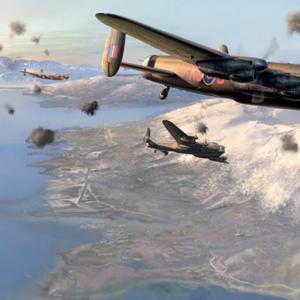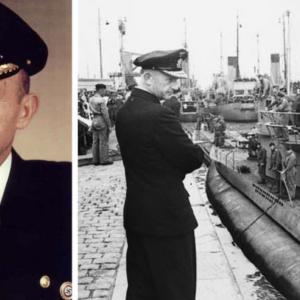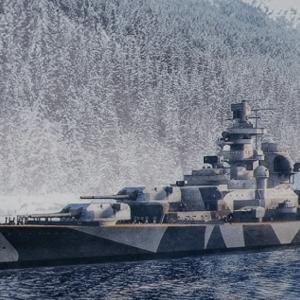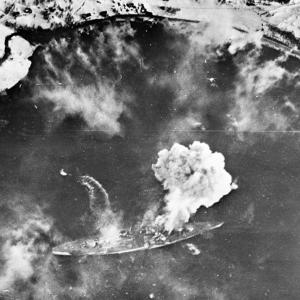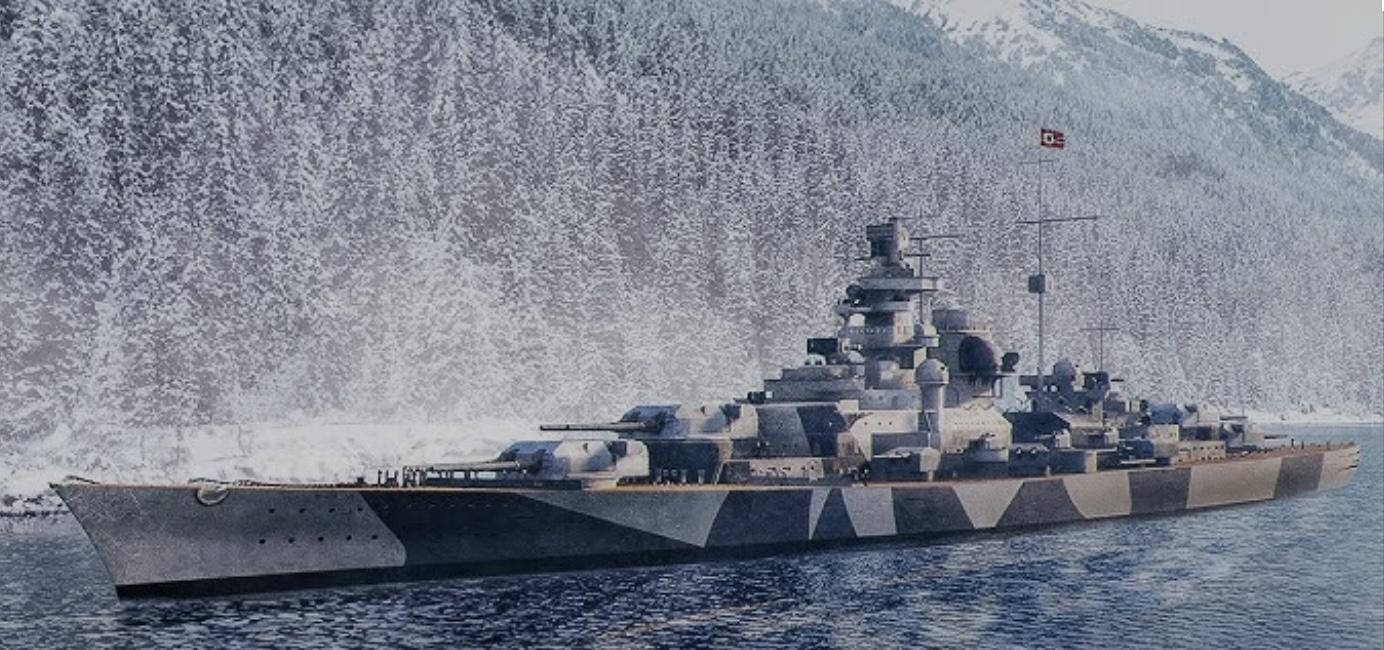
Battleship Tirpitz
The German battleship Tirpitz was one of the most formidable warships ever constructed, a vessel designed to project power and defend the northern reaches of occupied Europe during the Second World War. She was the sister ship to the Bismarck and represented the peak of German naval engineering. Tirpitz was conceived by German naval architect Hermann Burkhardt under the overall supervision of the Kriegsmarine’s design office, building upon lessons learned from earlier capital ships and improving protection, armament, and range.
Construction of Tirpitz began at the Kriegsmarinewerft shipyard in Wilhelmshaven, Germany, one of the major naval shipyards of the Reich. Her keel was laid down on 2 November 1936, and after nearly four years of work, she was launched on 1 April 1939. Fitting out and trials took another two years, and she was formally commissioned into the German Navy on 25 February 1941. From keel-laying to completion, the project spanned over four years, reflecting both the ship’s complexity and the attention given to every technical detail.
Tirpitz displaced around 42,900 tons standard and over 52,000 tons fully loaded, making her the largest battleship ever built in Europe. Her overall length was 251 metres, with a beam of 36 metres and a draft of about 10 metres. Power came from twelve Wagner high-pressure steam boilers feeding three geared steam turbines that produced more than 163,000 shaft horsepower, driving three propellers. This gave her a maximum speed of 30.8 knots, impressive for a ship of her size.
Her armament was formidable. The main battery consisted of eight 38 cm (15-inch) SK C/34 guns mounted in four twin turrets, two forward and two aft. Each gun could fire a 1,760-pound shell to a range of about 36,000 metres, capable of penetrating the heaviest armor at long distances. The secondary armament included twelve 15 cm (5.9-inch) guns in twin mounts, designed for engaging smaller vessels and shore targets. For defense against aircraft, she carried sixteen 10.5 cm (4.1-inch) dual-purpose guns, sixteen 3.7 cm automatic cannons, and around sixty 2 cm anti-aircraft guns, though these numbers increased over time as air threats grew. Tirpitz was also equipped with advanced fire control systems for her main and secondary batteries, and radar installations were gradually improved during her service life.
Her crew complement varied over time but generally consisted of about 2,500 to 2,600 officers and men. Life aboard the ship was harsh, particularly during her long periods of inactivity in Norway’s fjords, where crews endured cold, isolation, and frequent air raid alerts.
After completion and initial trials in the Baltic, Tirpitz spent much of her operational career stationed in Norway. The German High Command intended her to serve as a fleet-in-being — a constant threat to Allied convoys bound for the Soviet Union. Her mere presence forced the Royal Navy to commit large numbers of ships to protect Arctic convoys, even though Tirpitz rarely engaged in direct combat. She did, however, see limited action, notably in September 1943 during Operation Sizilien, when she shelled Allied positions at Spitzbergen.
Repeated attempts by the British to destroy her became some of the most daring operations of the war. Mini-submarines, midget submarines, and heavy bombers were used in successive attacks. In September 1943, British X-Craft submarines damaged her severely, forcing months of repairs. Finally, on 12 November 1944, bombers from the Royal Air Force’s No. 617 and No. 9 Squadrons — the famous Dambusters — attacked her with massive 12,000-pound “Tallboy” bombs near Tromsø. Several direct hits tore through the armored decks and detonated deep inside the ship, causing catastrophic explosions that ripped open her hull. Within minutes, Tirpitz began to list heavily, then rolled completely over in the shallow waters of Håkøy Island.
At the time of the attack, around 1,700 to 1,900 men were aboard, including many who had recently returned from shore leave. The destruction was swift and devastating. Hundreds were thrown into the freezing sea, while many others were trapped within the overturned hull. Despite frantic rescue efforts by nearby ships and local Norwegian volunteers, the speed of the capsizing and the fires inside made escape nearly impossible for those below decks. Approximately 950 to 1,000 men perished, either killed instantly by the explosions or trapped in air pockets that slowly filled with water. Survivors later recalled hearing faint tapping from inside the hull for hours after the sinking, but rescuers could do little before the sounds faded. Around 800 men survived, many injured or suffering from shock and exposure.
The loss of Tirpitz marked not only the end of Germany’s last great battleship but also one of the most tragic single-ship losses of life in naval history. Her existence was both a technical triumph and a strategic burden. She embodied German engineering excellence but spent most of her career immobilized by fuel shortages, constant threats from the air, and Allied superiority at sea. Yet the resources required to contain her far exceeded her own operational output. Her story remains one of the most fascinating episodes of naval warfare


